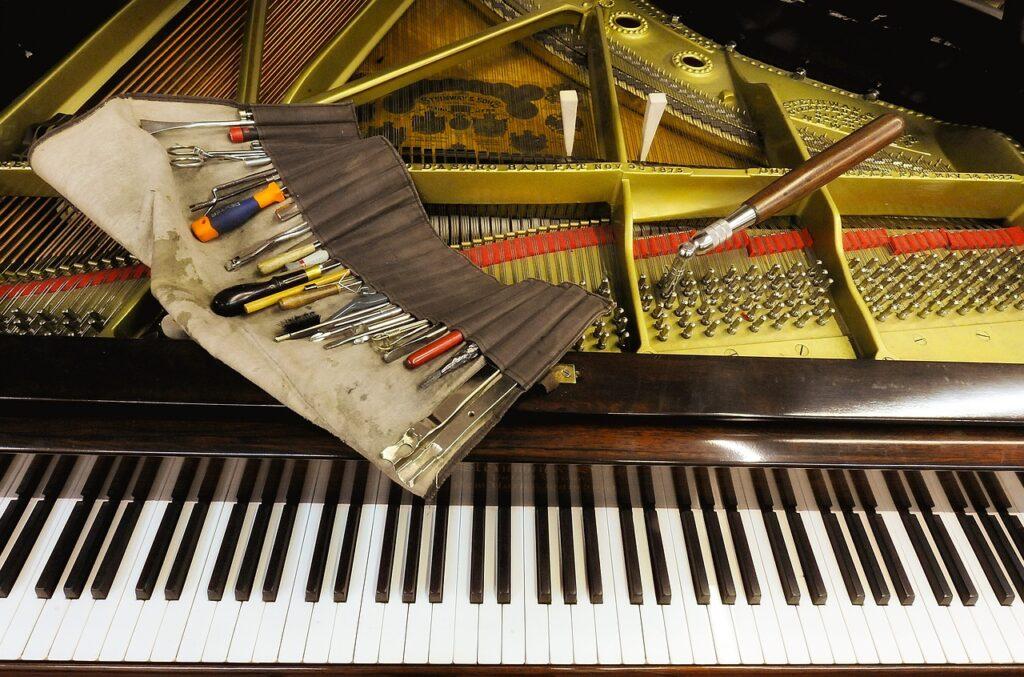Are you thinking about composing in just intonation? Do you worry that just intonation is impractical? As with any tuning system, just intonation has its strengths and weaknesses. We’ll look at the pros and cons, and when you’ve gone through the post, you can make up your own mind. Read more to help you answer the question, “Is just intonation impractical?”
This post uses technical music terms. See the Glossary below for definition links.


